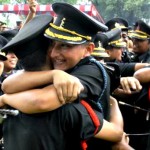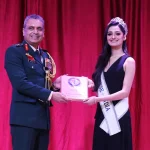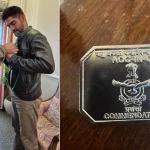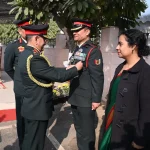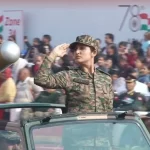Research and Analysis Wing (RAW or R&AW) is the primary external intelligence agency of the Republic of India. Its creation was necessitated post the Sino-Indian War 1962 and Indo-Pakistani War of 1965 which posed various gaps in intelligence gathering undertaken by Intelligence Bureau (which then handled both internal and external intelligence). This convinced the Government of India that a specialized, independent agency was required for competent external intelligence gathering. The primary function of R&AW is collection of external intelligence and counter-terrorism. In addition, it is responsible for obtaining and analyzing information about foreign governments, corporations and persons to advise Indian policymakers. R&AW is an effective and one of the primary instruments of India’s national power. It is also involved in the security of India’s nuclear programme. The headquarters of RAW is in Delhi.
Recruitment Research and Analysis Wing
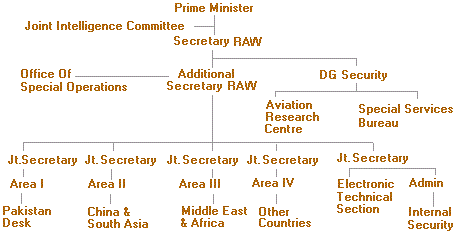 |
| Structure of Research and Analysis Wing RAW |
Training: The training is conducted in two phases:
- Basic Training: Basic training commences with ‘pep talks’ to boost the morale of the new recruit. This is a ten-day phase in which the inductee is familiarised with the real world of intelligence and espionage, as opposed to the spies of fiction. Common usages, tradecraft techniques and classification of information are taught. Financial and economic analysis, Space Technology, Information Security, Energy Security and Scientific knowledge is imbibed to the trainees. The recruit is made to specialise in a foreign language and introduced to Geo strategic analysis. Case studies of other agencies like CIA, KGB, ISI, Mossad and Secret Intelligence Service are presented for study. The inductee is also taught that intelligence organisations do not identify who is friend and who is foe, the country’s foreign policy does. Basic classroom training to R&AW officers are imparted at R&AW’s Training Institute in Gurgaon. A multi-disciplinary school of economic intelligence is also being set up in Mumbai to train intelligence officers in investigating economic crimes like money laundering for terror purposes etc.
- Advanced Training: After completing ‘Basic Training’ the recruit is now attached to a Field Intelligence Bureau (FIB). His/her training here lasts for 1–2 years. He/she is given firsthand experience of what it was to be out in the figurative cold, conducting clandestine operations. During night exercises under realistic conditions, he/she is taught infiltration and exfiltration. He/she is instructed to avoid capture and if caught, how to face interrogation. He/she learns the art of reconnoiter, making contacts, and, the numerous skills of operating an intelligence mission. At the end of the field training, the new recruit is brought back to the school for final polishing. Before his deployment in the field, he is given exhaustive training in the art of self-defence mainly Krav Maga, and the use of technical espionage devices. He/she is also drilled in various administrative disciplines so that he could take his place in the foreign missions without arousing suspicion. He/she is now ready to operate under the cover of an Embassy to gather information, set up his own network of informers, moles or operatives as the task may require. Field training is provided in the Indian Military Academy Headquarters at Dehradun.
- Formation and Structure of Indian Army
- Major Exercises of Indian Army
- How To Join Indian Army After Graduation
 Tashi Mishra, Editorial Team
Tashi Mishra, Editorial Team







